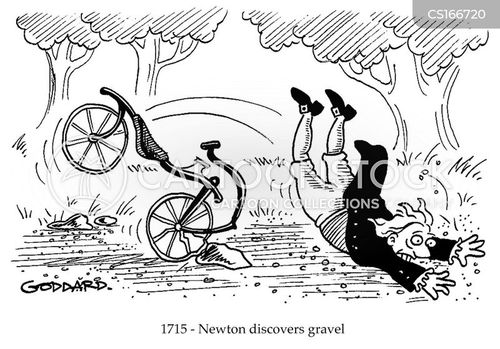Readers, I hope to publish a book. Since I began renting a small office at the Quincy Center for Innovation (Quincy Chamber of Commerce) in mid-May I have begun to focus better. In an effort to encourage the use of games and sports as a natural way for kids to begin to acquire physics concepts, the book is to be a collection of:
1. the reasons I believe we should teach kids about physics through games and sports, as well as other everyday activities;
2. what I have found to be available now such as camps, museums, classes (not very much!);
3. resources that others have developed or published (very much!);
4. proposals, lessons, approaches, etc., that I have developed.
In my searches I haven't found such a collection on the market. Here is a partial list of what I have found to be out there now..
SELECTED LIST OF WHAT’S OUT THERE
TELEVISION SHOWS
“Sport Science” John Brenkus, host. ESPN2, Channel 50.
“Sport Science” John Brenkus, host. ESPN2, Channel 50.
“Sport Science Newton Awards” John Brenkus, host. 2013, first annual event.
CAMPS
Girls Reaching to Achieve in Sports & Physics (“GRASP”). Ohio State U. June: 2 sessions
Girls Reaching to Achieve in Sports & Physics (“GRASP”). Ohio State U. June: 2 sessions
AMUSEMENT
PARKS
Knotts Berry Farm, California -- Physics Fun Day
Knotts Berry Farm, California -- Physics Fun Day
Canobie Lake Park, New Hampshire -- Physics Day
“Motion in Use at Six Flags/Magic Mountain” Curriculum and workbook, like Knotts and Canobie.
Disney World. “Science of Imagineering” videos on roller coasters and other rides.
SCIENCE
FESTIVAL Cambridge Science Festival, also in other towns; annually: April vacation
STADIUM
EDUCATION
University of Nebraska football games. One-minute lectures. Timothy Gay, Ph.D.
Science Day at the Ball Park. Phila. Science Festival. Stations/clinics throughout the ball park.
ARTICLES
“Sport Science: Physical Laws &
Optimum Performance,” P. Brancazio. Physics Tchr 42: 318, 2004
MUSEUMS “Science in
the Park,” Boston Museum of
Science. Ongoing.
www.sonic.org Science Olympiad Inc. (to plan an event for elementary thru high school)
connectamillionminds.com To get yourself started, Magic Johnson's video is especially motivating. I looked through the downloadable booklets, and I really liked the one on football.
http://isaacslom.wikispaces.com It appears that this website was organized by a high school teacher in 2010. Under each school period, or class, there are many topics, all about different sport / science topics. It should help anyone to get started! I discovered it when I was looking up cheerleading science and decided it needs to be included under "What's Already Out There."
SCIENCE FAIR HELP www.ScienceBuddies.org
LECTURES, CONFERENCES, COLLEGE
CLASSES
Dedicated Conference: Physics of Sports. College of the Holy Cross, 2006.
Lecture: “Improving the Quality of Your Students’
Work Using the Physics of Sports,” Arthur Eisenkraft. Institute at National Science Teachers Assn.,
2006
“Making Sport of Physics” John Eric Goff, various conferences,
2009-2012
Classes, ongoing:
“Physics of Sports” John Eric Goff. (Oberlin, 2001) / Occasionally offered at his present location at Lynchburg Coll., Virginia.
“The Physics of Sports” Michael Lisa, Ohio
State U.
“Sports and Physics” AND a lab, U. North Carolina at Charlotte.
“Dr. Baseball” Dr. David Kagan, California State U. at Chico. Videos on YouTube.
BOOKS Leaping,
Sliding, Sprinting, Riding Science Book,
Bobby Mercer, Lark Books, 2006
Gold
Medal Physics: The Science of Sports, John Eric Goff, Johns Hopkins U. Press, 2009.
Active
Physics: Sports, Arthur Eisenkraft, project-based inquiry approach,
It’s About Time, Inc., 1998


